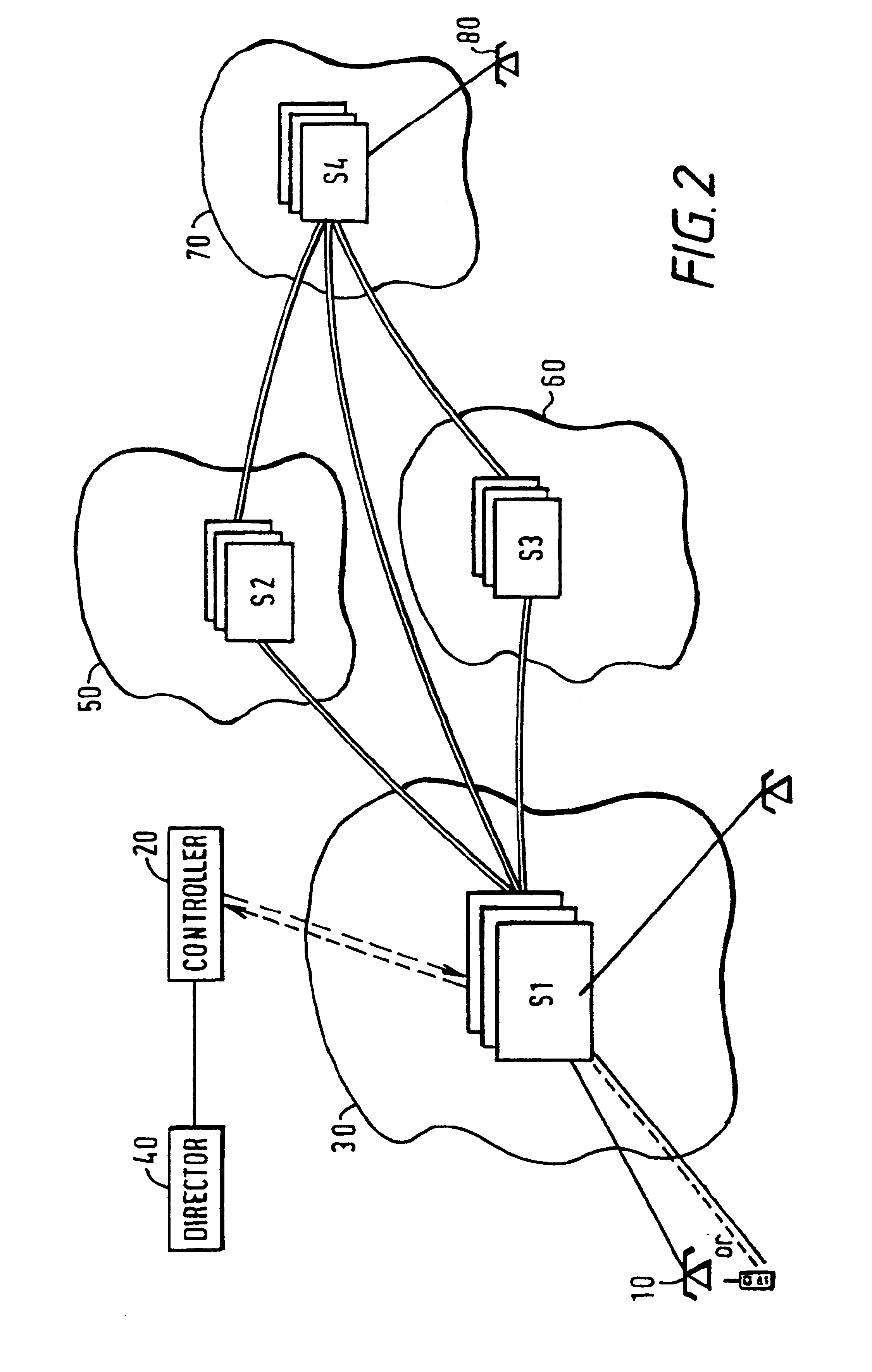Communications system
a communication system and communication technology, applied in the field of communication control, can solve the problems of not providing a generally accessible system, and achieve the effects of improving interaction efficiency, saving third party time, and faster provisioning of more complex services
- Summary
- Abstract
- Description
- Claims
- Application Information
AI Technical Summary
Benefits of technology
Problems solved by technology
Method used
Image
Examples
Embodiment Construction
In future telecommunications network architectures the concept of a call may be replaced by that of a session or other concept; in the Telecommunications Information Network Architecture (TINA) for example, the concept of a call is replaced by a ‘session’, and a query and response is replaced by a sequence of messages within the session). The invention encompasses such architectures. Similarly the concept of an originator is proposed to move to an ‘invoking party’ and a terminating party is proposed to move to an ‘invited party’.
It is understood by those skilled in the art that differing intelligent network standards exist, including the Bellcore AIN releases as well as the ITU IN standards, and that implementations of such standards are often partial in differing geographical regions and individual network operators. Many networks only use AIN / IN for specific services, and implementations of AIN / IN in many networks are to some degree proprietary. The descriptions hereinafter borrow...
PUM
 Login to View More
Login to View More Abstract
Description
Claims
Application Information
 Login to View More
Login to View More - R&D
- Intellectual Property
- Life Sciences
- Materials
- Tech Scout
- Unparalleled Data Quality
- Higher Quality Content
- 60% Fewer Hallucinations
Browse by: Latest US Patents, China's latest patents, Technical Efficacy Thesaurus, Application Domain, Technology Topic, Popular Technical Reports.
© 2025 PatSnap. All rights reserved.Legal|Privacy policy|Modern Slavery Act Transparency Statement|Sitemap|About US| Contact US: help@patsnap.com



